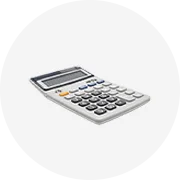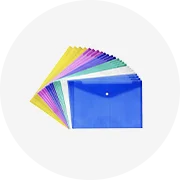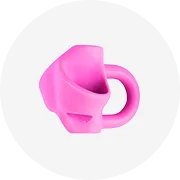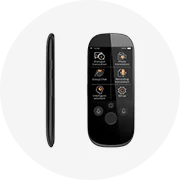Ruy băng máy in nhiệt có thể được sử dụng để làm nhãn dính. Do đó, một số khách hàng của bạn đối với sản phẩm này có thể bao gồm các nhà sản xuất nhãn và các doanh nghiệp có liên quan. Bạn có thể phục vụ họ bằng cách mua nhiều sản phẩm dot matrix máy in mực ribbon và hộp mực ruy-băng.
Có ba keyword bán buôn chính dot matrix máy in mực ribbon bạn có thể muốn tìm, cụ thể là ruy băng sáp đầy đủ, ruy băng nhựa sáp và ruy băng nhựa. Ruy băng nhiệt dạng sáp được sử dụng phổ biến nhưng kém bền hơn. Nếu bạn đang tìm kiếm một lựa chọn cơ bản phục vụ khách hàng trong việc vận chuyển, đóng kệ, thùng và làm nhãn bán lẻ hoặc kho thì điều này có thể đủ.
Ngược lại, ruy băng nhựa được coi là rất bền. Chúng có khả năng chống xử lý nặng, hóa chất và thay đổi nhiệt độ và có thể là lựa chọn tuyệt vời cho các khách hàng ở các hốc chuyên dụng hơn. Những khách hàng này có thể đang làm nhãn và tài liệu cho các doanh nghiệp trong môi trường nhà kho hoặc sản xuất được kiểm soát chặt chẽ hoặc môi trường hóa chất. Bằng cách cung cấp dot matrix máy in mực ribbon đáng tin cậy và thể hiện kiến thức chuyên môn của bạn trên nhiều keyword dịch vụ hiện có, bạn có thể kinh doanh lâu dài của họ.
Mua ruy-băng máy in giá cả phải chăng. nguồn cung cấp cho các nhu cầu khác nhau hiện có trên Alibaba.com và tìm kiếm các giao dịch và đánh giá tuyệt vời! Bạn sẽ không hối tiếc khi nhận được nguồn cung cấp của mình ở đây! Mua sắm ngay bây giờ để bắt đầu tìm kiếm!











































 浙公网安备 33010002000092号
浙公网安备 33010002000092号 浙B2-20120091-4
浙B2-20120091-4